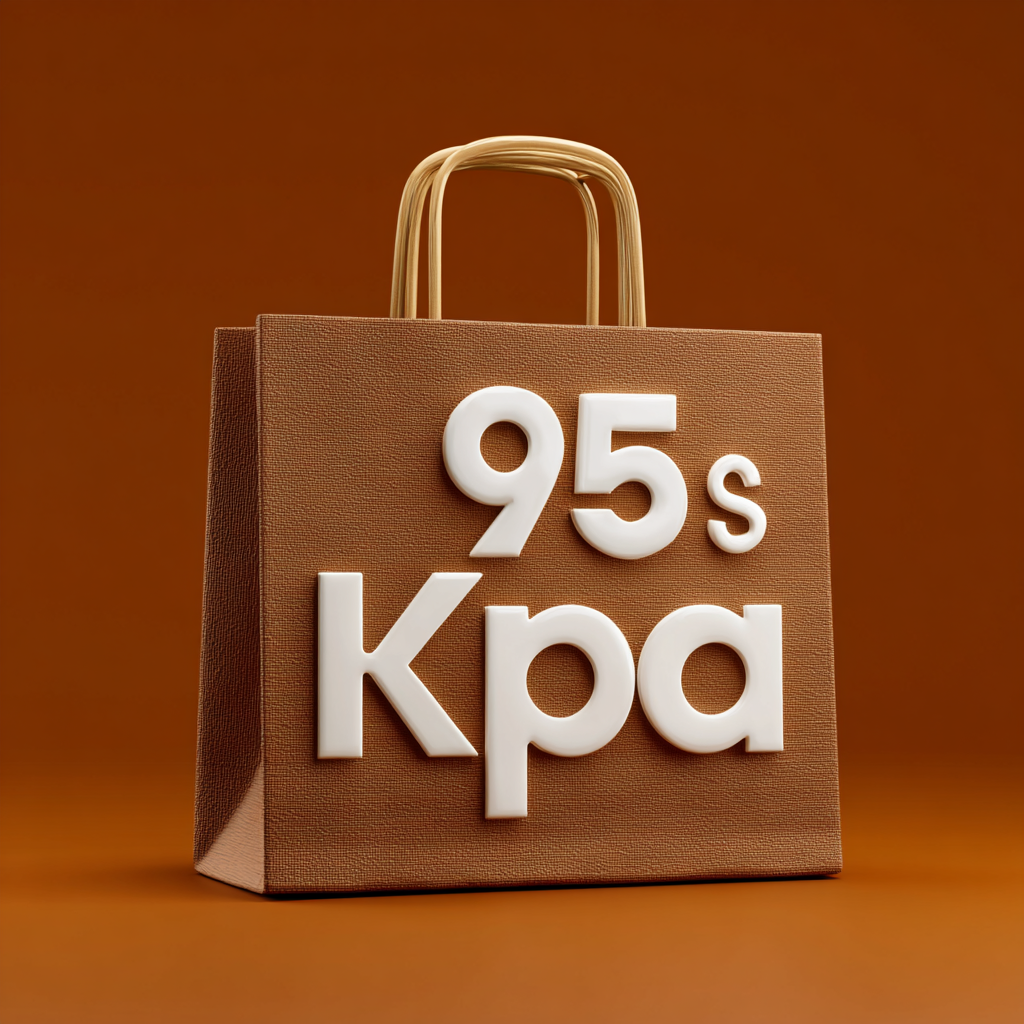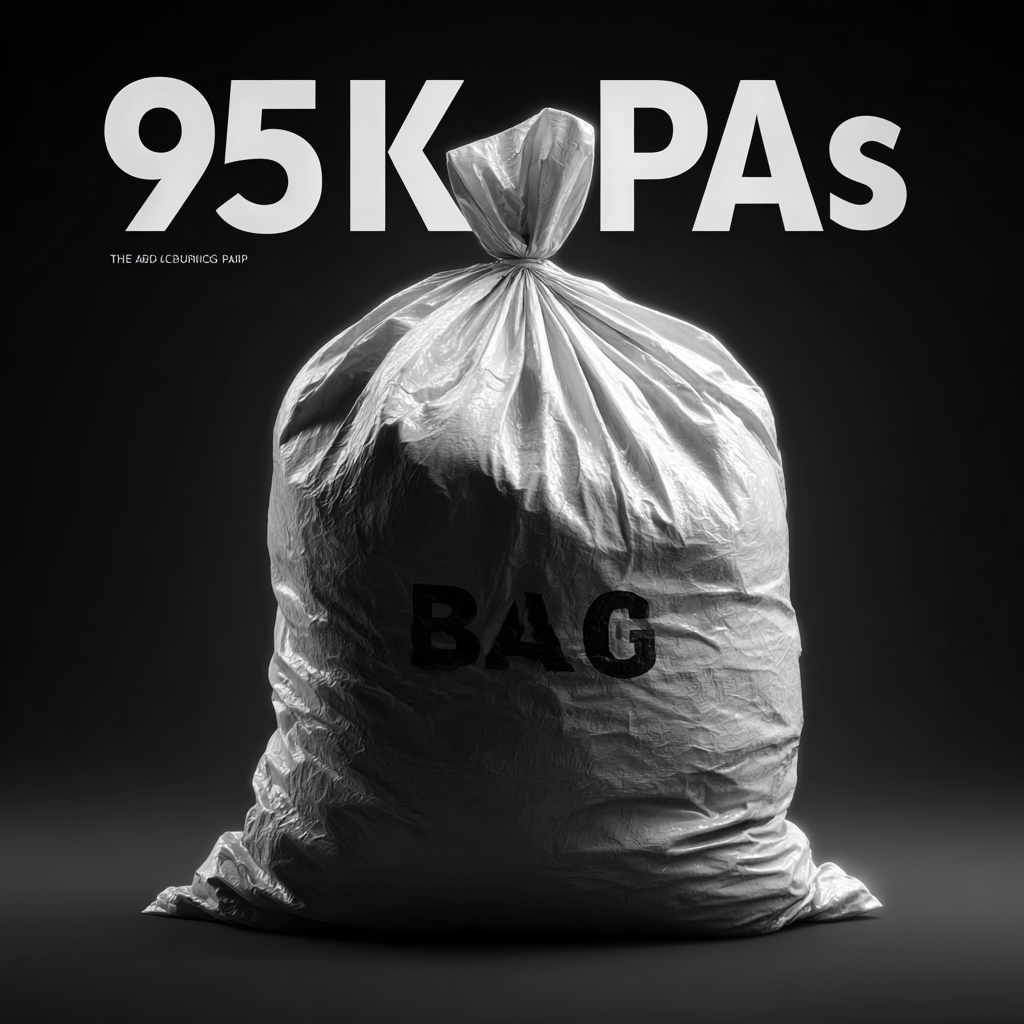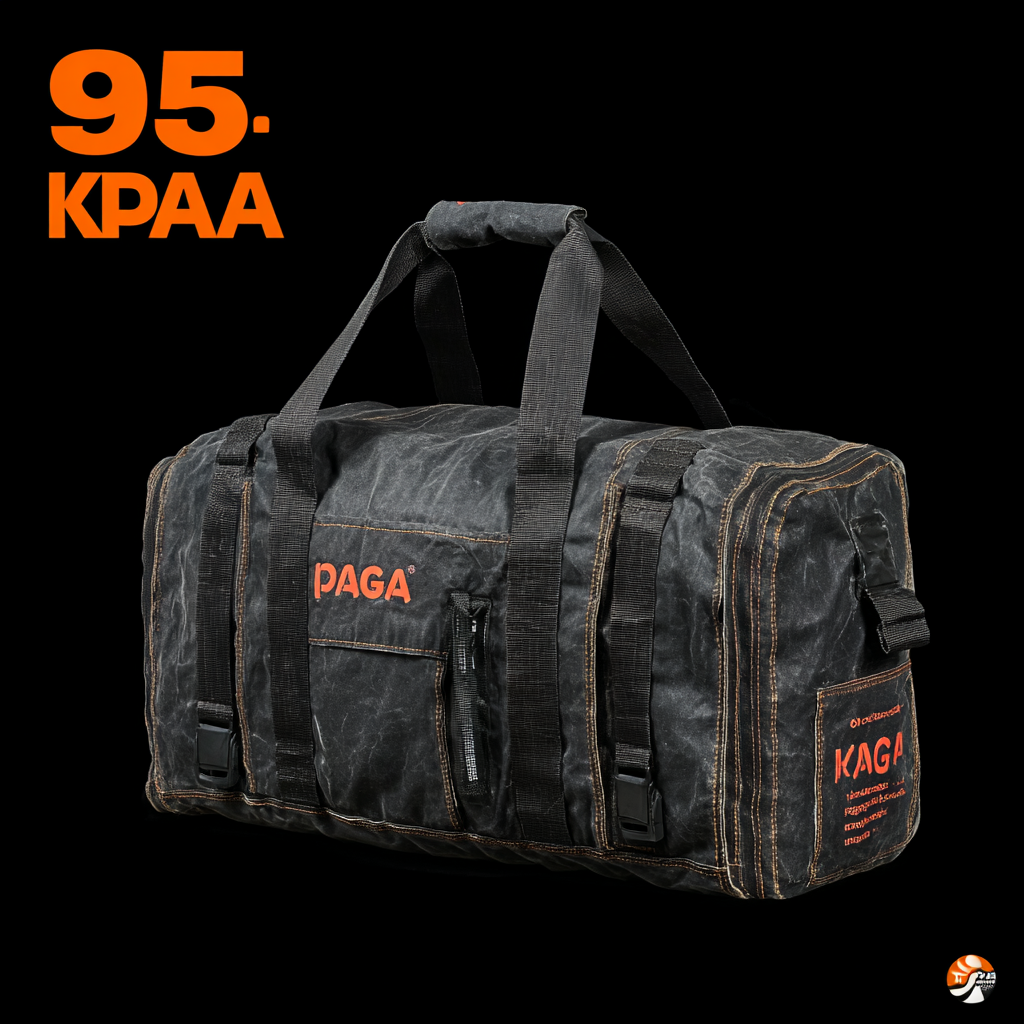 +86 178 5514 5298
+86 178 5514 5298
Leave Your Message
-
 CONTACT NUMBER
CONTACT NUMBER -
 CONTACT NUMBER
CONTACT NUMBER -
 CONTACT NUMBER
CONTACT NUMBER



In today's fast-paced global market, effective procurement strategies are vital for maintaining a competitive edge, particularly when it comes to sourcing quality packaging solutions like the 95 kPa Bag. According to a recent industry report by Smithers Pira, the global flexible packaging market is expected to reach $300 billion by 2024, with a growing demand for robust and high-performance bags that can withstand various conditions. The 95 kPa Bag, known for its durability and versatility, plays a crucial role in industries ranging from food and beverage to pharmaceuticals. As companies strive to enhance supply chain efficiency and sustainability, understanding how to source the best 95 kPa Bags becomes imperative. This ultimate guide will provide insightful tips and strategies to help procurement professionals navigate this essential aspect of their operations, ensuring they make informed decisions that contribute to their overall success in the global marketplace.

In global procurement, the significance of 95 kPa bags cannot be overstated. These bags play a crucial role in ensuring the safe transport and storage of goods, particularly in industries that require strict adherence to pressure and quality standards. According to recent industry reports, the demand for high-quality packaging solutions like 95 kPa bags has surged by over over 20% in the last year alone, driven by an increase in international trade activities and the need for reliable supply chain management.
When sourcing 95 kPa bags, it’s essential to prioritize vendors who emphasize material quality and compliance with international norms. Considerations like durability, cost-efficiency, and environmental impact are critical to achieving value for money. Recent trade exhibitions, such as those highlighted in the latest news from the Guangzhou Fair, have confirmed that procurement professionals are increasingly looking for suppliers who can guarantee transparency and fair practices.
Tip: Always request samples to evaluate the quality of the bags before making a larger purchase. This simple step can save time and resources in the long run. Additionally, staying informed about global trade trends can help procurement professionals anticipate market shifts, allowing for more strategic decisions in sourcing 95 kPa bags.
When sourcing 95 kPa bags, understanding the different types available in the market is crucial for buyers aiming for global procurement success. There are various types of 95 kPa bags tailored for different uses, such as standard polyethylene bags, heavy-duty industrial options, and customized designs. Each type comes with unique features that cater to specific needs, like enhanced durability for heavy goods or specialized barriers for sensitive materials.
Tip: Always analyze the specifications of the bags in relation to their intended application.
For instance, heavy-duty bags are ideal for construction materials, while lightweight options might suffice for agricultural uses. Choosing the right bag can prevent costly damages and ensure product integrity during transport.
Another type to consider is eco-friendly options that meet sustainability goals without compromising quality. Many manufacturers now offer biodegradable or recyclable 95 kPa bags that meet industry standards. These bags feature innovative designs that maintain strength while being environmentally responsible.
Tip: Look for suppliers who provide certifications for their eco-friendly products, as this not only helps in sustainability efforts but can also enhance your brand's reputation in the marketplace.
The versatility of 95 kPa bags makes them invaluable across various industries.
In the agricultural sector, these bags are ideal for storing and transporting grains, seeds, and fertilizers. Their ability to withstand pressure without compromising structural integrity ensures that products remain safe during transit, minimizing spoilage and maximizing efficiency for farmers and distributors alike.
In the chemical industry, 95 kPa bags serve as essential containers for hazardous materials. Their robust construction offers protection against leaks and spills, adhering to strict safety regulations while facilitating global logistics. Furthermore, in the food sector, these bags are essential for packaging items like snacks and frozen goods, providing an airtight seal that preserves freshness and extends shelf life.
As markets continue to expand, understanding the varied applications of 95 kPa bags can lead to smarter procurement decisions and bolster overall supply chain effectiveness.
When considering alternatives to 95 kPa bags, it's essential to weigh their pros and cons based on recent industry data. According to a report by Smithers Pira, the demand for flexible packaging solutions is expected to grow at a CAGR of 4.7% through 2025. This trend is due largely to the increasing awareness of sustainability, pushing many companies to explore biodegradable and recyclable options. For instance, using plant-based films can reduce carbon footprints significantly, yet they may compromise barrier properties critical for maintaining product integrity.
On the downside, alternatives like vacuum-sealed packaging may have higher initial costs and require specialized equipment, which could deter companies from making the switch. A study by Allied Market Research reveals that while these options offer enhanced preservation and extended shelf life, they are less adaptable to diverse product types compared to traditional 95 kPa bags. Thus, while the benefits of sustainable alternatives are clear, businesses must carefully assess whether the trade-offs align with their operational capabilities and market demands.

When sourcing 95 kPa bags globally, adhering to best practices is crucial for ensuring quality and efficiency. First and foremost, it's essential to define your specifications clearly. This includes considering the material, size, and usage of the bags. Establishing exact requirements not only streamlines communication with suppliers but also minimizes the chances of receiving subpar products. Comprehensive product descriptions paired with precise performance criteria will help in evaluating potential vendors and their offerings.
Another key best practice is to conduct thorough due diligence on suppliers. This includes researching their background, reviewing certifications, and assessing their production capabilities. Establishing a good relationship with selected suppliers can lead to better negotiation outcomes and more reliable delivery schedules. It’s also advisable to request samples before committing to large orders, as hands-on evaluation can reveal the bags' quality firsthand. Lastly, maintaining open lines of communication throughout the procurement process fosters trust and responsiveness, which are vital to successful global sourcing of 95 kPa bags.

